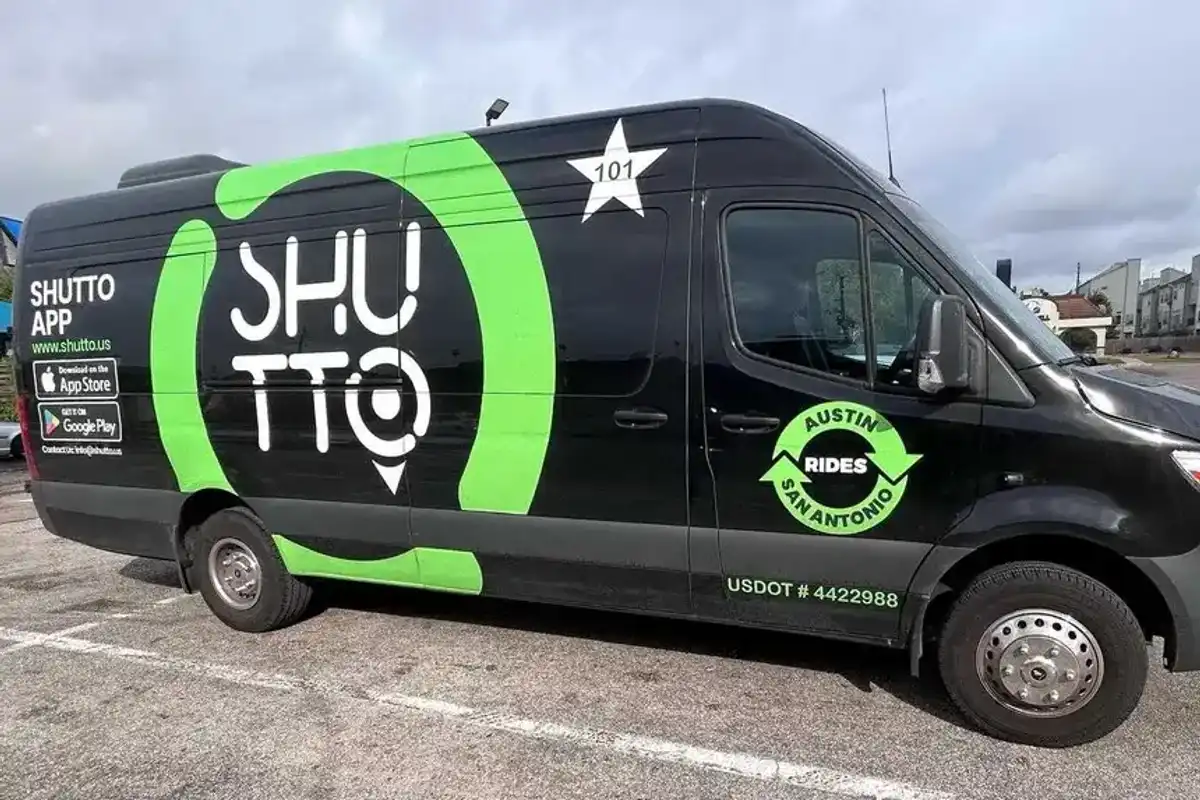The world has been captivated by ChatGPT, an artificial intelligence program that can understand and respond to questions and statements using natural language, just like humans. It has been trained on a large amount of text data and uses this knowledge to generate helpful and informative responses to users.
As great and resourceful as this can be, there are some major aspects about it that can be harmful in a business setting, such as the inability to make personal connections. A sales manager using AI to write sales scripts cannot incorporate the emotional intelligence needed to form a connection. With the switch to AI and loss of this personal touch, the company’s close rate drops significantly, and the sales manager’s effort to find solution may just be to run more numbers in terms of contacts and sales attempts, which usually exacerbates the problem.
Another example of how ChatGPT can hurt your business is by relying on it to generate website and social media content. A business owner that believes ChatGPT will do the “heavy lifting” and grow his or her business is overlooking the importance of creating real and experiential marketing experiences for customers. Business owners can inadvertently spend entire budgets on AI driven social media ands and not have the sales numbers to cover these costs due to their low returns on investments for many industries and keep the business in operation.
The overarching theme, or danger behind ChatGPT, is that people are relying heavily on it to produce their work. After all, relying on technology is part of our human nature. When great technology is introduced, such as email, teleconferencing, AI assisted searching, etc., we rarely ask ‘how can this technology assist me?’ versus ‘how can this technology do things for me?’ The greater the technology, the greater likelihood humans will take the easiest path.
ChatGPT not only affects businesses, but it also applies to education. Teachers are already seeing a drop in math skills as kids carry around calculators. Just wait until next semester when educators are reading thousands of essays written by ChatGPT.
Just as we would hate to see our children deprive themselves of actual skills, the same can be said for our business people. Some of the main issues that arise from the use of ChatGPT are:
Diminishing Rates of Return
When we embrace technology to the point that we no longer put forth effort from a practiced skill set, we can expect to see declining engagement rates, click-through rates and customer loyalty. As of 2023, the online engagement rate has fallen from 5% to 0.06%. Click-through rates are not faring much better with a measly 6.3%. As these numbers continue to fall (which they have every year for the past couple decades now), we continue to just brush it off as this is how business is done.
Aversion in the Marketplace
People are becoming so displeased with technology driven processes (as opposed to technology assisted processes) that they have a strong aversion to companies using it. How many social media ads have prompted you to make a purchase? How many times do you provide a bogus email to a website form? When doing a search, how many times do you scroll to the bottom without looking and hit page two because you know you are not getting any real results on the first page anymore?
Yes, ChatGPT is cool and yes, there are some amazing uses you can implement into your business; however, do not look at it as the answer to any and all business problems. Embrace your craft as a leader and avoid subbing the work out to tech - doing so could cost you everything.
As a business owner myself, I am not opposed to technology. I am all in favor of what technology can do. However, there is no denying that the more we look to technology to do the work for us instead of with us, the more we see a drastic decline in the overall skill set of business people without an increase in business success rates.
------
Josh Tolley is the founder of Kingsbridge LLC and is based in Houston.





